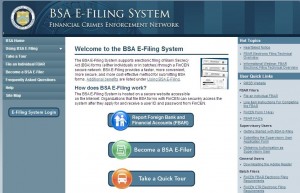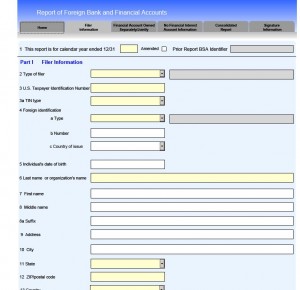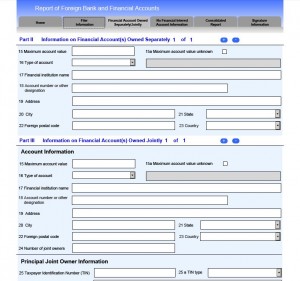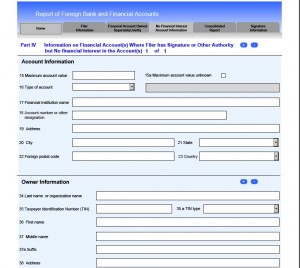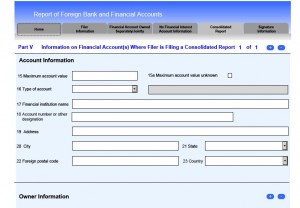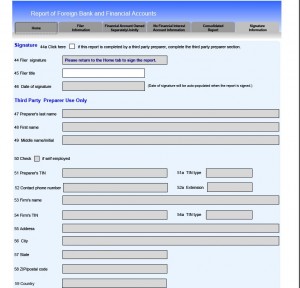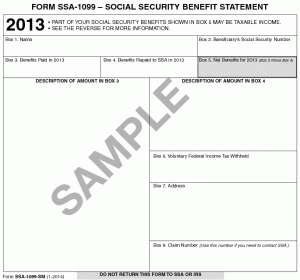Updated November 15, 2018
Welcome to the world of parenthood. Raising kids is hard enough with help but it’s even harder when you’re alone. Here are some tips to help you navigate the changes that will happen to your tax return, because you deserve a little help once in awhile.
Claiming your baby for the child tax credit: If you are earning income, then you’re going to want to file a tax return and claim your baby for the child tax credit. I sometimes hear women say they didn’t claim their children because the child was born in December and they read the child is supposed to live with you for 7 months. In the year of birth, you claim the child even if she was born on December 31st. Let’s be honest. If you’ve jut gone through a pregnancy, that child has been living with you for more than 7 months anyway. Claim your baby! We’ll talk a little more about possibly letting someone else claim the baby, but unless there are special circumstances, plan on it being you.
Changing your filing status: If you’re on your own and supporting yourself, then once your baby is born you will change your filing status from Single to Head of Household. It gets a little more complicated if you are living with your parents, the baby’s father or someone else. The issue becomes, who is providing most of the support for the child? If you’re using computer software, there are all sorts of questions you can ask to determine how much support is provided to the baby and by whom. But here’s a quick and easy technique that’s pretty helpful. If you prepare the tax return with Head of Household status, and then switch it to Single status and the refund amount is exactly the same, then claim Single as your filing status. If your income is so low that your refund won’t change then you really don’t need Head of Household status. The IRS often audits returns claiming HH status when the income is too low. They never audit Single for the income being low. Why not just avoid a headache that you don’t need? The Earned Income Credit amount is the same for Single as for Head of Household filers.
What about letting someone else claim the baby? If you are living with the baby’s father and it would benefit you to have the child on his tax return instead of yours, then that’s fine. If you are living with your parents and they are supporting you and the baby, you can let your parents claim the child. Your parents would have to make more money than you do to be able to do this though.
Letting anyone outside of you, the father, or a grandparent claim your child on a tax return has the potential to get you into trouble and even land you in jail for tax fraud. There are a few situations where it can be done, but for that you should go see a professional. A new boyfriend who is not the baby’s father can NEVER claim your child for EIC. NEVER! The rules regarding dependents change often. Things that were allowed a few years ago aren’t allowed now. Sometimes well meaning friends and relatives can give you bad advice which could get you into big trouble. Protect yourself.
The Earned Income Credit: Many single moms, especially when they’re just starting out, qualify for the Earned Income Tax Credit. It’s a refundable credit, that means you get the money even if you didn’t pay any tax into the system. EIC is a big deal and can make a huge difference on your refund. That’s why people may want to try and claim your baby for you. There’s billions of dollars a year of EIC fraud. That’s also why you need to be careful, the IRS is very aggressive about pursuing EIC fraud. Don’t let anyone else claim your child.
Protect your child’s social security card like it was gold. It’s that valuable. Infant identity theft happens all the time. You won’t know it’s happened until you file your tax return and it gets rejected because someone else has claimed your child. Do not carry the card around in your purse or wallet. Store it someplace safe.
Congratulations on your new baby!










